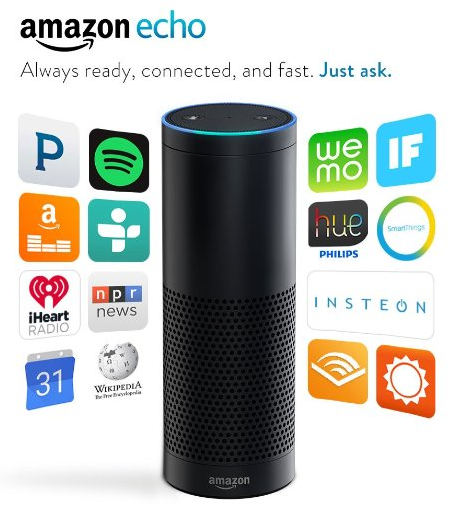Digital assistants may be your new best friend
Voice interfaces to computers are nothing new. Programs that turn speech into text have been available to PC consumers for about 25 years and programs that synthesise the human voice have been around even longer. However, the errors in voice recognition and the robotic speech patterns didn’t allow for a very human conversation with a computer. The change we’re now witnessing in conversational interfaces is the result of a convergence of enabling technologies that include smaller and more cost efficient processors, greater mobile bandwidth, neural networks and cloud computing.
Digital assistants race to launch
When Apple launched Siri as a feature of the iPhone 4S in October of 2011, it was a quantum step forward in how people connect with the Internet. While the conversational interface of the voice-activated personal assistant is the technology most obvious to a user, the seamlessness of the experience also required significant advances in personal context awareness and service delegation. Put simply, this means figuring out what you want and finding you an answer. Google Now followed for the Android mobile OS in July, 2012 and in April, 2014, Microsoft rolled out Cortana for Windows mobile devices and later integrated it into Windows 10 for all devices.
Initially, digital assistants were mostly used to simplify tasks (such as sending an email, setting an alarm or doing a web search) that existing smartphone users previously accomplished by navigating through on-screen menus within various apps. Talking to your phone can be quicker than typing on a four-inch screen and is safer when you’re driving. Digital assistants also have the potential to make computers and the internet more accessible for the very young, the elderly, and the vision disabled, who number more than eight million in the US alone.

Reshaping the future of SEO
In a very real sense, the companies that make digital assistants are in a battle for our hearts and minds. The digital assistants that consumers find the most likeable and helpful function as a gateway to accessing content providers, commerce, and search results. With every request, digital assistants are making decisions—and not always disinterested ones—about what information to deliver. A fairly benign example would be asking Siri to help find a good restaurant nearby. How it prioritises what is good is subject to interpretation and influence. And unlike a search engine query that returns pages full of options, the digital assistants are designed to simplify the search results down to a just a few options.
From the standpoint of content providers and advertisers, digital assistants are changing some of the rules for SEO (Search Engine Optimisation). Each digital assistant has its own algorithms which try to answer questions from its proprietary ‘knowledge box’ (i.e., the things it knows without having to execute a web search). If your question stumps it, it will revert to delivering web-based search results.

Since digital assistant queries are more conversational, websites that are written in a conversational format will score better in search results. Simplicity, brevity, and searchability in site design will also help sites fare better in searches.
Since the digital assistants’ knowledge boxes don’t typically contain photos or video, they have to rely on regular search engine results to deliver rich media content. So, extensive use of context-relevant images increases the chance for a site to be found. Also, optimising a site for mobile will help.
Finally, content providers wanting to get noticed by digital assistant searches should be present in as many places on the web as possible. This include posting to social media sites and, since digital assistants make extensive use of online business listings like Yelp and Yahoo Local, merchants should claim their listings and ensure the information is accurate and complete.
Your new friends are moving in
The recent wave of voiced-driven digital assistants started on mobile phones to overcome some of the shortcomings of the small form factor. Then they were rolled out on tablets and eventually were integrated into browser and operating system search on personal computers.
In November, 2014, Amazon introduced the Echo, a stand-alone digital assistant appliance. This home network voice controlled device monitors all the conversations within range of its microphone – waiting for you to ask it a question or give it a command (such as play music, report on the weather, set a reminder, etc.). The more time you spend with it, the more it learns about your preferences and patterns.
While the Echo’s current ability to execute ecommerce transactions is quite limited, Amazon’s Trojan horse strategy is clear: make placing an order on Amazon as easy as just asking for what you want (‘Echo, buy this book for me’).

Controlling the future
While consumers see digital assistants as a convenience tool, makers of search engines, operating systems and phones recognise digital assistants as a critical strategic factor in controlling the path from consumers to convenient mobile commerce. Gartner research estimates by the end of this year, autonomous mobile assistant shopping will reach US$2bn, and that growth should continue to accelerate. There is every indication that the race for digital assistant platform hegemony is a battle worth winning.
More like this
Mobile messaging conjures a commerce platform
Scout: The crossroads of a tech-enabled future, journalism and sci-fi







